Lets Turn Your Backyard Into a Northern Cardinal Haven!
Few backyard birds are as striking as the Northern Cardinal with their bold red feathers and melodic calls, they’re a joy to watch year-round. If you’d like to see more cardinals in your yard, the secret lies in planting native species they love.
In this post, we’ll explore the best native plants that attract cardinals by providing food, shelter, and nesting spots—all while supporting your local ecosystem.
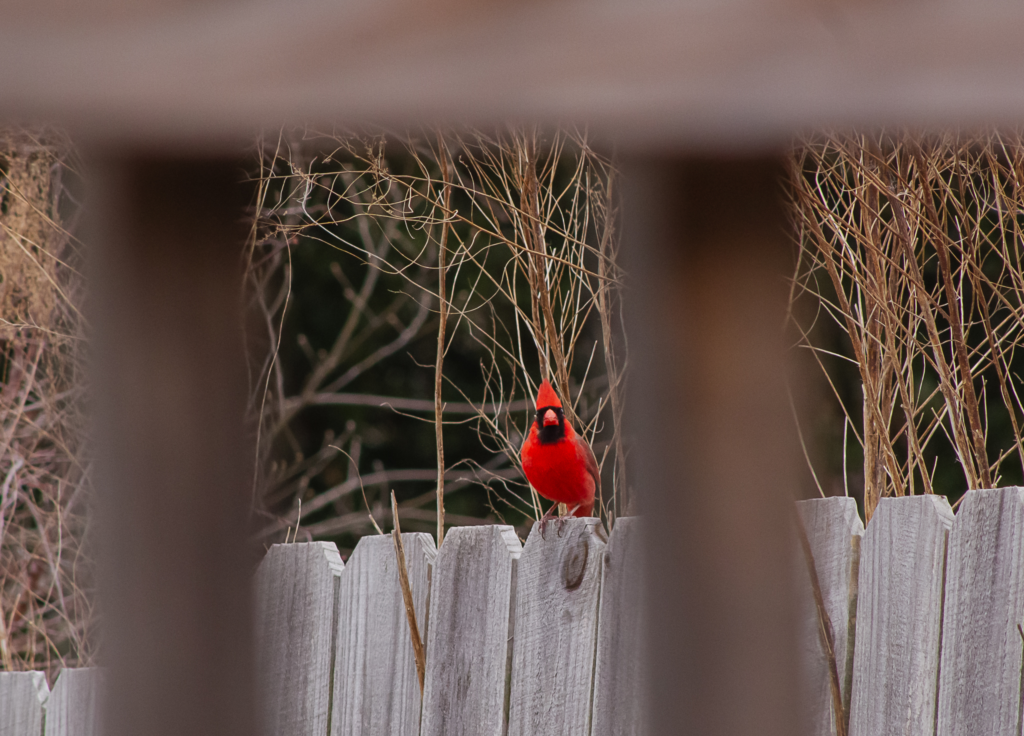
Why Native Plants Matter for Cardinals
Native plants are adapted to your region’s climate and soil, which means they’re more resilient, require less maintenance, and offer the exact berries, seeds, and cover that birds like cardinals rely on.
Northern Cardinals are non-migratory, so they need consistent food and safe cover, especially in winter. With the right native plants, you can make your yard a year-round sanctuary.
Top Native Plants That Attract Cardinals
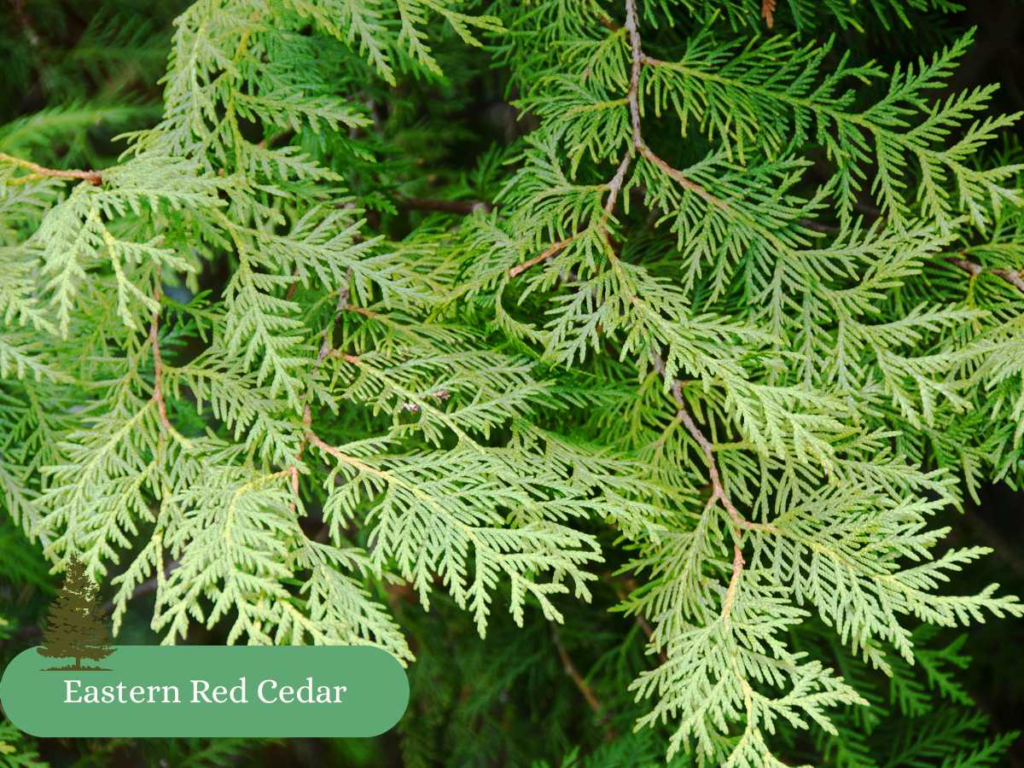
1.
Eastern Red Cedar (Juniperus virginiana)
Cardinals love the dense evergreen cover for nesting and the blue, berry-like cones as a winter food source.
Benefits:
- Excellent winter shelter
- Provides year-round structure
- Supports other wildlife, too

2.
Dogwoods (Cornus species)
Red Osier Dogwood and Gray Dogwood both produce berries that cardinals eat in fall and winter.
Benefits:
- Beautiful red stems in winter
- Clusters of berries that persist into colder months
- Provides cover and nesting habitat

3.
Black-Eyed Susan (Rudbeckia hirta)
These sunny wildflowers provide seeds cardinals eat in fall and winter once the blooms dry out.
Benefits:
- Attracts insects (cardinal nestlings need protein!)
- Seeds for adult cardinals
- Low-maintenance and blooms all summer
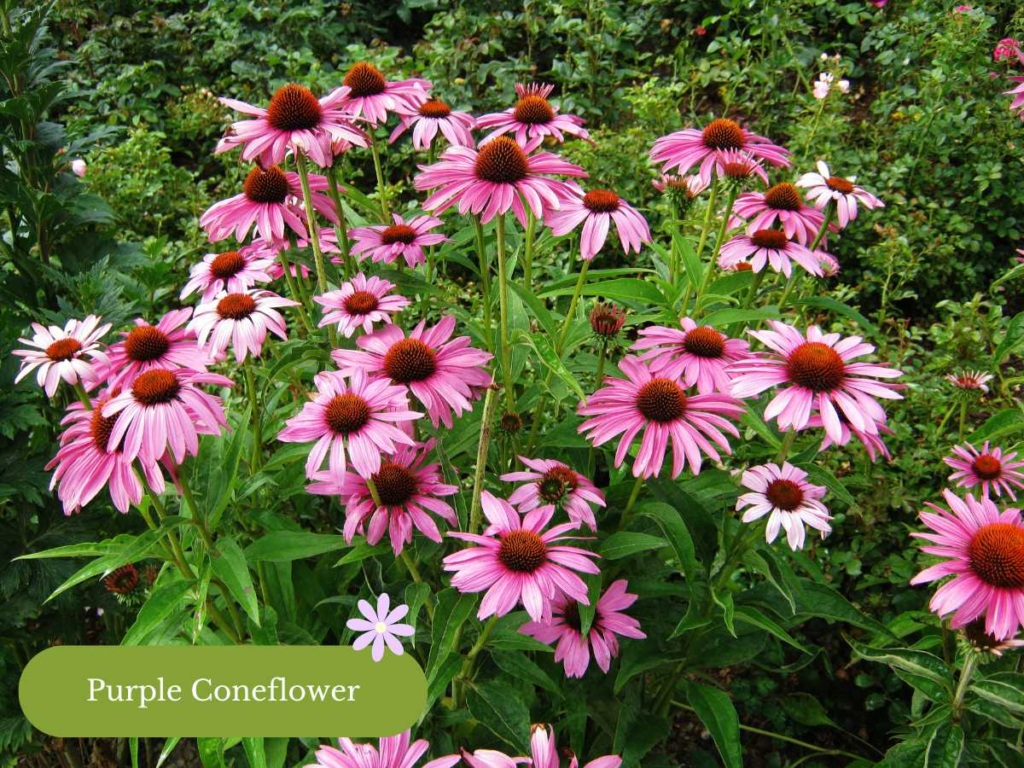
4.
Purple Coneflower (Echinacea purpurea)
A pollinator favorite and a seed source for birds once the flowers go to seed.
Benefits:
- Supports birds and butterflies
- Drought-tolerant
- Beautiful in mixed borders and natural areas
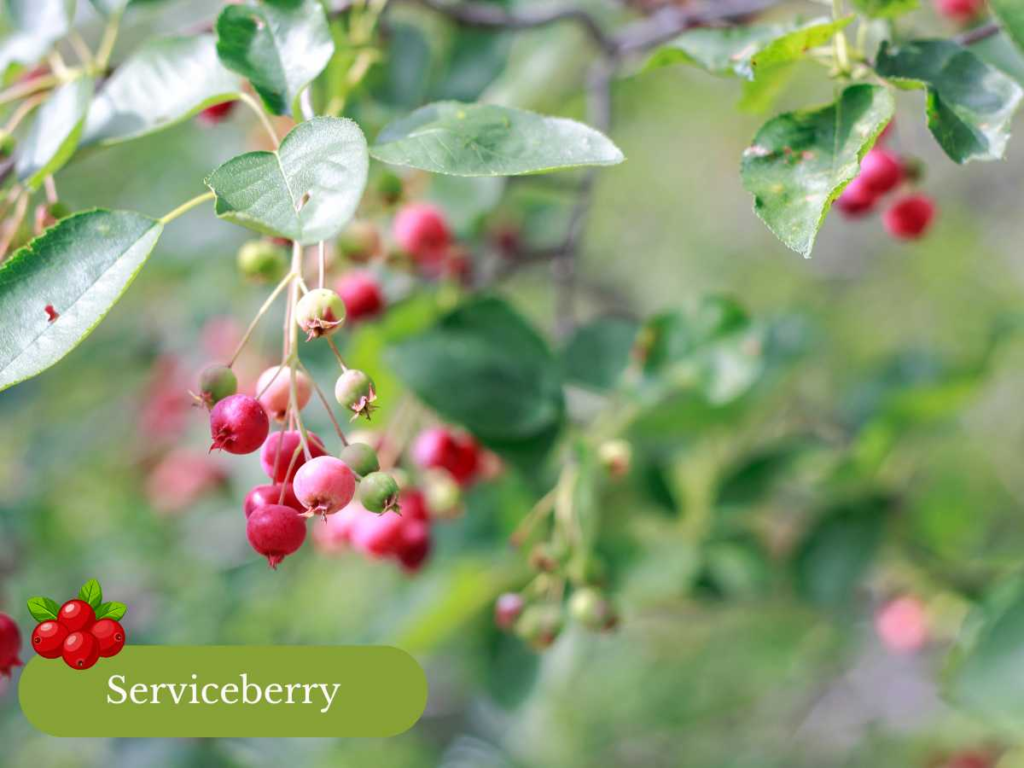
5.
Serviceberry (Amelanchier spp.)
This small tree or shrub is a cardinal favorite for nesting and feeding.
Benefits:
- Early spring berries
- Gorgeous spring blooms
- Provides cover and perching sites
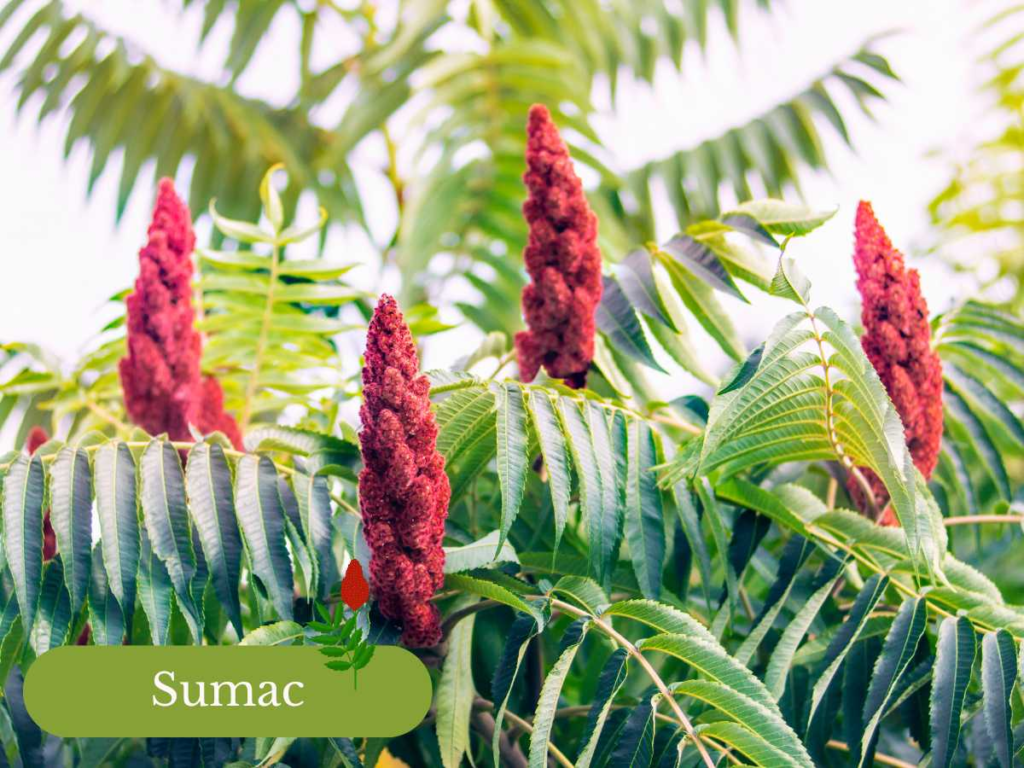
6.
Sumac (Rhus spp.)
Staghorn and Smooth Sumac provide vibrant red berries that persist through fall and winter.
Benefits:
- Red berries are a winter food source
- Striking fall color
- Colonizes quickly, ideal for naturalized areas

7.
American Beautyberry (Callicarpa americana)
This native shrub is known for its vibrant purple berries and arching stems.
Benefits:
- Late season berries
- Attracts a variety of birds
- Gorgeous addition to a native garden
Tips for Creating a Cardinal-Friendly Yard
- Layer Your Habitat: Cardinals prefer dense shrubs for nesting with nearby open spaces for foraging.
- Don’t Deadhead Too Soon: Leave flower heads on plants like coneflowers and rudbeckia so birds can forage on seeds.
- Skip the Pesticides: Cardinals eat insects especially during nesting season. A healthy insect population supports healthy chicks.
- Add a Water Source: A simple birdbath, especially one with moving water, draws cardinals in.

Final Thoughts
Cardinals thrive in yards that offer year-round food, safe places to nest, and natural cover. By choosing native plants that match your region, you’re not only attracting these beloved red birds you’re helping restore the habitat they depend on.
Want more tips to attract cardinals?
Check out our full guide: How To Attract Cardinals To Your Yard for tips on the best feeders, foods, and more.
